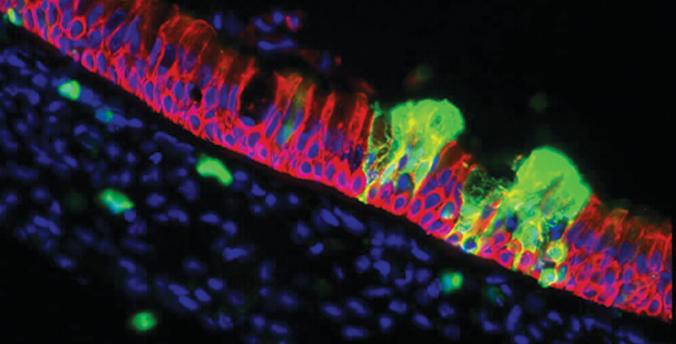Quanta Magazine, February 6, 2015
On a November evening last year, Jennifer Doudna put on a stylish black evening gown and headed to Hangar One, a building at NASA’s Ames Research Center that was constructed in 1932 to house dirigibles. Under the looming arches of the hangar, Doudna mingled with celebrities like Benedict Cumberbatch, Cameron Diaz and Jon Hamm before receiving the 2015 Breakthrough Prize in life sciences, an award sponsored by Mark Zuckerberg and other tech billionaires. Doudna, a biochemist at the University of California, Berkeley, and her collaborator, Emmanuelle Charpentier of the Helmholtz Centre for Infection Research in Germany, each received $3 million for their invention of a potentially revolutionary tool for editing DNA known as CRISPR.

